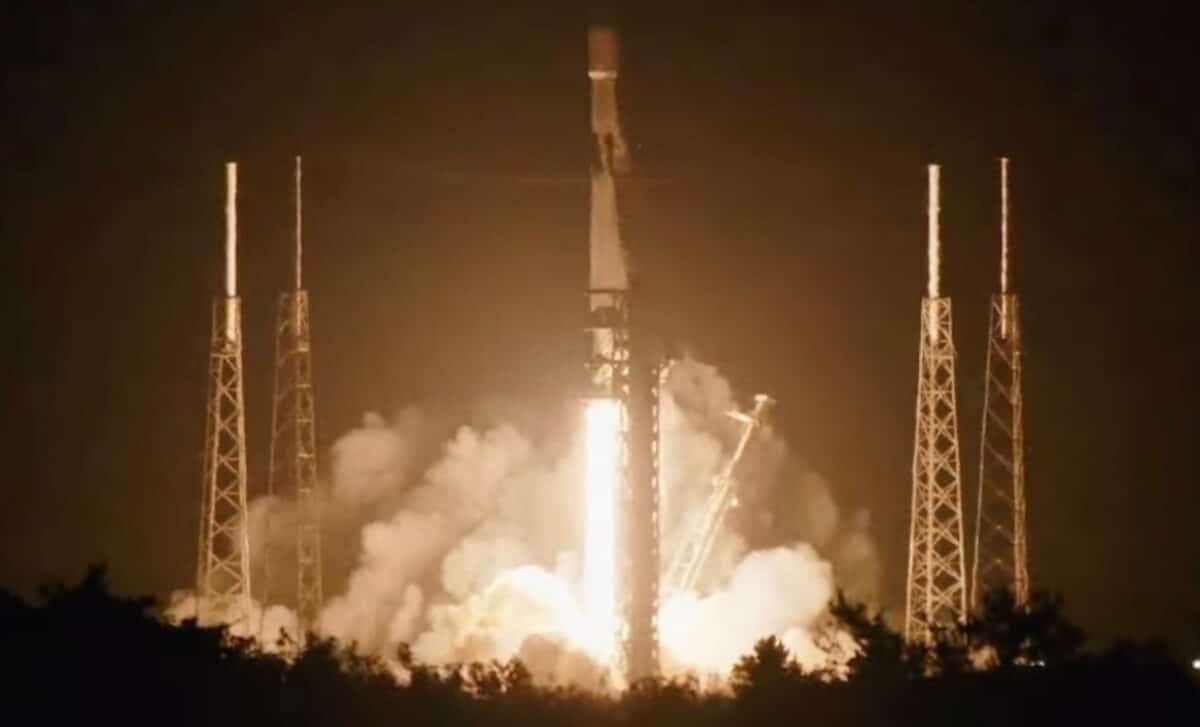SpaceX has achieved yet another milestone in its ambitious Starlink project, successfully launching 23 additional satellites on Wednesday evening, October 23rd. The liftoff occurred at 5:47 p.m. ET from the Cape Canaveral Space Force Station in Florida, following a one-day delay due to unfavorable weather conditions. This launch is a crucial part of SpaceX’s ongoing mission to expand its global satellite-based internet coverage, aiming to provide high-speed connectivity to even the most remote areas of the world.
The launch vehicle, a Falcon 9 rocket, once again showcased SpaceX’s engineering prowess and reusability strategy. After propelling the Starlink satellites into low Earth orbit, the rocket’s first stage executed a flawless return, landing on the drone ship “A Shortfall of Gravitas” stationed in the Atlantic Ocean. This landing occurred roughly eight minutes post-liftoff, demonstrating the reliability of SpaceX’s booster recovery system. Impressively, this flight marked the 18th successful mission for this particular Falcon 9 booster, emphasizing the company’s ability to recycle and reuse hardware, a critical factor in making space exploration more cost-effective and sustainable.
The mission represents another significant step forward for the Starlink constellation. After the successful separation of the Falcon 9’s first stage, the upper stage continued its journey, placing the 23 satellites in their designated orbit. Deployment of these satellites is anticipated to occur approximately 65 minutes after launch, adding to the ever-expanding Starlink network. With each launch, SpaceX inches closer to its goal of providing widespread global internet coverage, a vision that is gradually becoming a reality as the number of operational satellites increases.
Astrophysicist Jonathan McDowell, who frequently monitors and reports on satellite activities, estimates that SpaceX now has over 6,400 Starlink satellites in orbit. This rapidly growing megaconstellation aims to bridge digital divides and bring reliable internet to regions where traditional connectivity options are limited or nonexistent. As SpaceX continues to launch more satellites and improve the capabilities of Starlink, the company is poised to transform global communications, providing new opportunities and enhancing connectivity for millions worldwide.

















